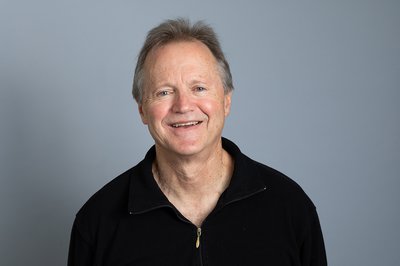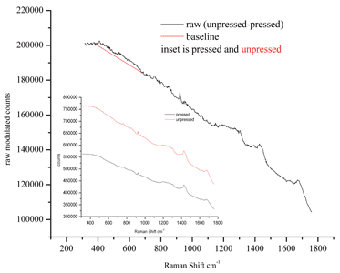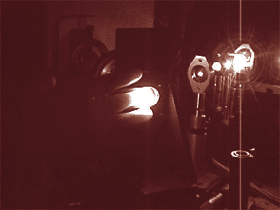Joseph Chaiken

Joseph Chaiken
Professor
CONTACT
Chemistry
CST 2-010 Center for Science and Technology
Email: jchaiken@syr.edu
Office: 315.443.4285
PROGRAM AFFILIATIONS
Biochemistry
Degrees
- B.Sc., 1977, University of Chicago
- Ph.D., 1982, University of Illinois at Urbana
Courses Taught
- CHE 103: Chemistry in the Modern World
- CHE 116: General Chemistry
- CHE 347: Physical - Analytical Chemistry Laboratory
- CHE 356: Physical Chemistry
- CHE 357: Physical Chemistry
Interactions and processes relevant to laser chemistry and spectroscopy
Professor Chaiken's research interests are broad, although the underlying theme is to obtain a better understanding of the fundamental interactions and processes relevant to all kinds of laser chemistry and spectroscopy. In collaboration with Professor Jerry Goodisman at Syracuse, Chaiken has developed a model to describe coalescence growth. Coalescence growth systems are ubiquitous in nature and particularly important in laser chemical systems. They have successfully applied this model to data on cryogenic helium droplets in free jet expansions collected by Professor J. P. Toennies at the Max Planck Institute (Göttingen, Germany). In collaboration with his colleagues at the Air Force Research Laboratory, Chaiken uses lasers to manipulate the defect states in thin film tungsten oxide and related materials. Such chemistry is relevant to the design, fabrication, and function of nanoscale and microscale photonic devices. He also examines the use of lasers to noninvasively probe biological systems in vivo. His lab produced the first blood volume normalized noninvasive Raman spectrum of human blood in vivo. Shown below, the strength of the features in these spectra are proportional to the concentration of various analytes in the blood, including but not limited to glucose, total protein, albumin, cholesterol, urea, and triglycerides.

The first noninvasive Raman spectra of human blood in vivo was obtained by subtracting the spectrum (pressed) of a fingertip capillary bed depleted of blood by application of slight mechanical pressure, from another spectrum (unpressed) of the same capillary bed not depleted by slight mechanical pressure. The blood Raman spectra can be seen superimposed on top of the fluorescence from hemoglobin. The raw pressed (black-inset) and un-pressed (red-inset) and difference spectra, are not corrected for instrument response.

Tissue Modulated Spectrum being obtained from fingertip capillary bed
- Chaiken, J.; Goodisman, J.; Deng, B.; Bussjager, R. J.; Shaheen, G. Simultaneous, noninvasive observation of elastic scattering, fluorescence and inelastic scattering as a monitor of blood flow and hematocrit in human volar side fingertip capillary beds. J. Biomed. Opt. 2009, 14(5) 050505.
- Chaiken, J.; Voss, E.; Bussjager, R. J.; Shaheen, G. Towards an improved assignment of spectral features in tissue modulated non-invasive Raman spectroscopy of human fingertips. Proc. SPIE 2007, 6430,643004.
- Goodisman, J.; Chaiken, J. Scaling and the Smoluchowski Equation. J. Chem. Phys. 2006, 125(7),074304/1-074304/7.
- Chaiken, J.; Goodisman, J.; Kornilov, O.; Toennies, J. P. Application of Scaling and Kinetic Equations to Helium Cluster Size Distributions: Homogeneous Nucleation of a Nearly Ideal Gas. J. Chem. Phys. 2006,125(7), 074305/1-074304/8.
- Chaiken, J.; Ellis, K.; Eslick, P.; Piacente, L.; Voss, E. Noninvasive in vivo tissue and pulse modulated Raman spectroscopy of human capillary blood and plasma. Proc. SPIE 2006, 6093, 609305-1.
- Chaiken, J.; Finney, W. F.; Knudson, P. E.; Weinstock, R. S.; Khan, M.; Bussjager, R. J.; Hagrman, D.; Hagrman, P.; Zhao, Y.; Peterson, C. M.; Peterson, K. P. The Effect of Hemoglobin Concentration Variation on the Accuracy and Precision of Glucose Analysis Using Tissue Modulated, Noninvasive, In Vivo Raman Spectroscopy of Human Blood: a Small Clinical Study. J. Biomed. Opt. 2005, 10(3), 31111.
